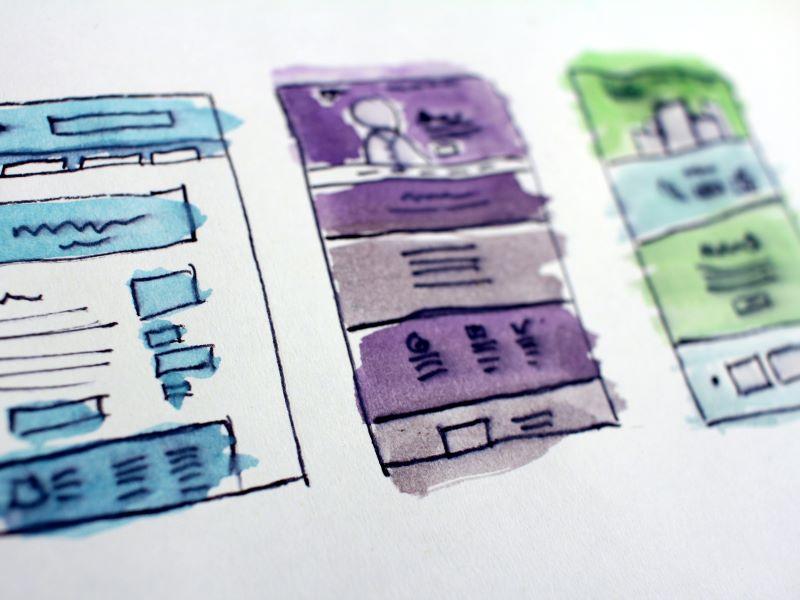The block mode of teaching (BMT), also called intensive mode of teaching or block scheduling, is a style of teaching in which subjects are condensed into shorter time periods. Blocks can be as short as one week (or even a few days) as opposed to semesters, which are usually about 12 weeks.
The model has distinct advantages over traditional teaching – it encourages focus and produces less stress – but also comes with challenges such as how to accommodate student absence and maintain quality assurance.
Whether a BMT implementation project is successful or not is mainly determined by how students adopt and use this initiative. In a study undertaken by the author and colleagues at Victoria University, it was found that students should try to make practical and effective use of the BMT (as opposed to simply participating in BMT classes) because this effort can significantly influence positive outcomes in terms of student satisfaction, retention, and learning and graduate outcomes. Another study, by the author and colleagues Nguyen Thi Thao Trinh and Afrooz Purarjomandlangrudi, found that strategies such as offering an orientation session at the start of the block and providing enough study resources and a balanced workload for students can all improve their performance.
- From conventional course to block scheduling: adapting resources for successful learning
- Block teaching: what it is, how to do it and why
- The ‘25 method’ for forming a writing routine when you have limited time
Universities that intend to adopt the BMT should understand the potential upsides this innovation can bring for them as well as the key difficulties they may face.
What are the advantages of block teaching?
Here are five of the key advantages that BMT can bring:
1. Focus on study
Although not a defining element of BMT, the structure of teaching one subject at a time (as opposed to multiple subjects concurrently) is common among BMT practitioners. As such, BMT allows students to focus all their attention and energy on one subject (or fewer subjects compared with the semester mode) and so be less distracted. In the study conducted by the author and colleagues Afrooz Purarjomandlangrudi and Yuan Miao at Victoria University, data from 74 students illustrated their perceptions about the block mode of teaching.
One student observed that “[BMT] gives me the ability to…completely dive into that particular field of study”. Another said: “[BMT] gives me the ability to strive to full potential over the four weeks.”
2. Students find BMT less stressful
Spending longer hours studying fewer subjects as opposed to spending less time studying four or more subjects means students get less stressed about their studies. Block scheduling allows students to plan their time more efficiently.
“Stress is lower [in the BMT], allowing me to focus on the unit with everything I have,” said one student.
3. Better life-study balance
BMT classes tend to be longer than classes in the traditional teaching model, but students also come to campus on fewer days per week (compared with semester mode classes). This can offer students improved life-study balance, with more time to accommodate work or family responsibilities.
4. Motivation
BMT is often associated with higher student motivation. This is because the shorter block period doesn’t allow students to get bored with the subject matter, and by focusing on one subject area at the time, the student has little room to get distracted. One student said: “It [the BMT] keeps me motivated. You can’t get bored, you don’t skip classes.”
Longer hours and fewer students per class also allow for more in-depth discussions, which in turn can enhance students’ engagement.
5. Higher performance
BMT has often been credited with better student performance in terms of both grades and pass rates. One reason for this could be that student attendance is often higher in BMT classes because of their shorter study period and higher intensity. Having fewer students in the class allows the teacher more time to interact with students and answer their questions. This can play a role in students’ achieving higher grades.
What are the key challenges of block teaching?
Here are four of the key challenges that implementing the block mode of teaching can present:
1. Students’ attitude
Students’ attitude towards BMT plays a significant role in their adoption of BMT initiatives. According to Ajzen and Fishbein’s theory of reasoned action, people’s behavioural intention depends on their attitude towards behaviour. Thus, it is very important to brief students early on, and ideally before their BMT courses start, about what BMT is and the benefits and challenges it can bring. Before implementing BMT, universities should warn students about the workload and the importance of working intensively from the first day, so that they can avoid the risk of falling behind with little time to catch up.
2. Subject pace and time management
Because of their shorter duration, blocks tend to be more intense, and this can create a sense of being rushed. Subject coordinators and curriculum designers should therefore design block subjects in a way that maintains reasonable pace throughout the block and avoids giving students the perception of working at an uncomfortable pace.
Another strategy to help with this challenge is to educate students about time management early on, ideally before their BMT course starts.
A possible way to improve subject pace is to deliver two units at a time instead of one unit and to teach both over a longer period.
3. High toll on students if they miss classes
Generally, BMT subjects are delivered over a shorter period compared with the traditional semester mode. This means that if students get ill and miss a week of class, for example, they will miss significant course content and could be in danger of failing the subject. Students might worry that one week off sick or otherwise occupied means that the unit will not be completed and they will have to redo a whole block.
One strategy to cope with this challenge is to deliver two units at a time instead of one unit, but in longer blocks.
Future research could perhaps look at asynchronous teaching or different assessment models as other ways to mitigate that risk.
4. Maintaining quality when transferring to block teaching
Maintaining quality when transitioning to BMT is an area of concern. When switching from traditional semester mode to BMT, simply delivering the same content, structure, assessment and so on can be a recipe for failure. Revision of the curriculum is required to accommodate the requirements of the more intensive teaching period. Pitfalls of shorter teaching periods include: (a) content/topics may be sacrificed when switching to BMT; and (b) the difficulty of certain assessments may be decreased to allow for more streamlined marking due to time constraints.
A way to get around this challenge would be to have a quality management plan in place and to work with a quality assurance team that includes, for example, experts in the topic, technology designers and curriculum designers when transitioning to the BMT and after each subject delivery.
Institutional buy-in is a key success factor for BMT projects, with everyone, from staff – who will need to be educated about the BMT, then reassured that it doesn’t mean more work but rather a way to work smarter – to the students themselves, being made aware of the potential benefits and challenges.
Amir Ghapanchi is senior lecturer and programme chair in the College of Engineering and Science at Victoria University, Australia.
If you would like advice and insight from academics and university staff delivered direct to your inbox each week, sign up for the Campus newsletter.




comment